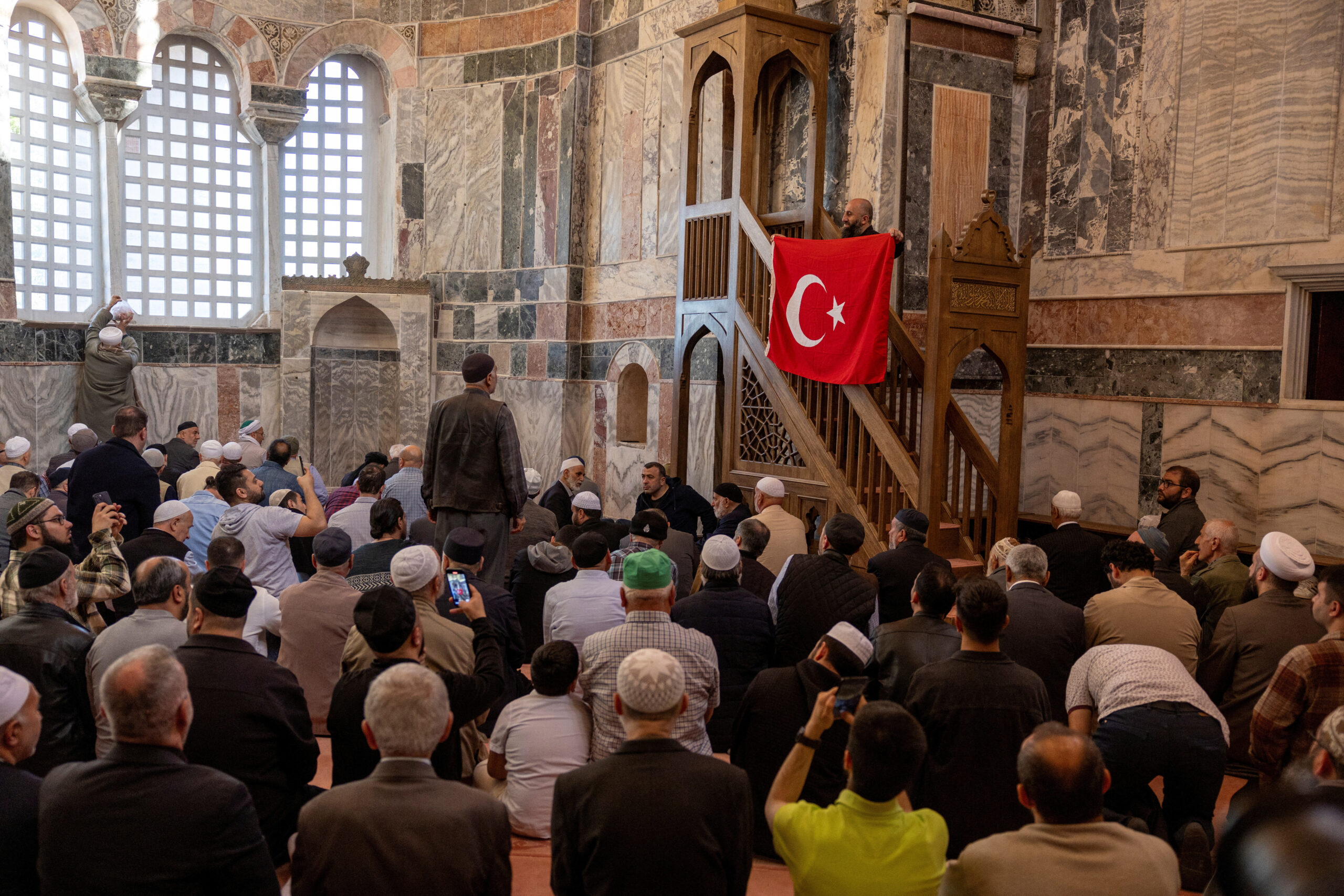
Turkey allows Muslims to worship in an old church with priceless mosaics
After being used as a museum for more than 70 years, Turkey has reopened the ancient Chora church, one of Istanbul’s most famous Byzantine monuments, to Muslim worshippers. This is the second significant conversion under President Tayyip Erdogan.
In 2020, Erdogan, the leader of a party with Islamist roots and an advocate for devout Muslims in Turkey, converted the world-famous Hagia Sophia in Istanbul from a museum to a mosque in front of tens of thousands of people.
Church authorities and other Western nations criticized the decision, claiming that reconverting Hagia Sophia ran the risk of widening religious divides. Erdogan declared that he was committed to defending the rights of Muslims and that this was an infringement on their sovereign rights.
The ancient church in Chora, also known as Kariye, was built in the fourth century, and the Ottomans converted it into a mosque. In 1945, it was turned into a museum, and in 2020, Erdogan issued an order to turn it back into a mosque. Monday saw its reopening following renovation.
The exterior corridors were conserved as a museum, allowing guests to freely examine the priceless mosaics that adorn the ceiling. In keeping with Muslim customs, curtains covered the mosaics in the building’s prayer area.
Individuals were observed removing the coverings to admire the mosaic depictions of Jesus and Mary holding the baby Jesus.
British visitor Ferdy Simon expressed his preference for the building to stay a museum so that visitors might continue to view the frescoes and mosaics inside. “Appearing to be a political ploy,” he remarked while standing outside the Chora.
As at all mosques, the main prayer part is off-limits to men. “It’s a bit of a shame when you see devout women who have come here to pray and they are told they can’t go into the main narthex area,” he continued.
A Turkish man who came to pray, Ugur Gokgoz, stated that the artifacts within the museum were conserved and that it was the right of the Turkish people to use the Chora as a mosque.
“A tiny area was set aside for prayer. He stated, “In the end, they didn’t demolish everything and convert it into a mosque.”
The site was first used for a church construction in the fourth century, although the majority of the current structure is from an 11th-century church that was partially reconstructed after an earthquake 200 years later.
Built close to Constantinople’s old city walls, the Church of the Holy Saviour in Chora is home to murals and mosaics from the fourteenth century that depict biblical subjects.
After the Ottomans took control of the city in 1453, they were covered over, but like Hagia Sophia, they were discovered when Turkey’s secular republic turned it into a museum in 1945.
The International Council on Monuments and Sites’ chairman for Turkey, Burcin Altinsay Ozguner, stated that keeping the building as a museum is the best approach to preserve the unique Chora artifacts and make them accessible to researchers.
She stated, “Of course, there are political gains behind it,” adding that, given the mosques that are located nearby, neither Hagia Sophia nor Chora clearly require a mosque.
All Categories
Recent Posts
Tags
+13162306000
zoneyetu@yahoo.com



